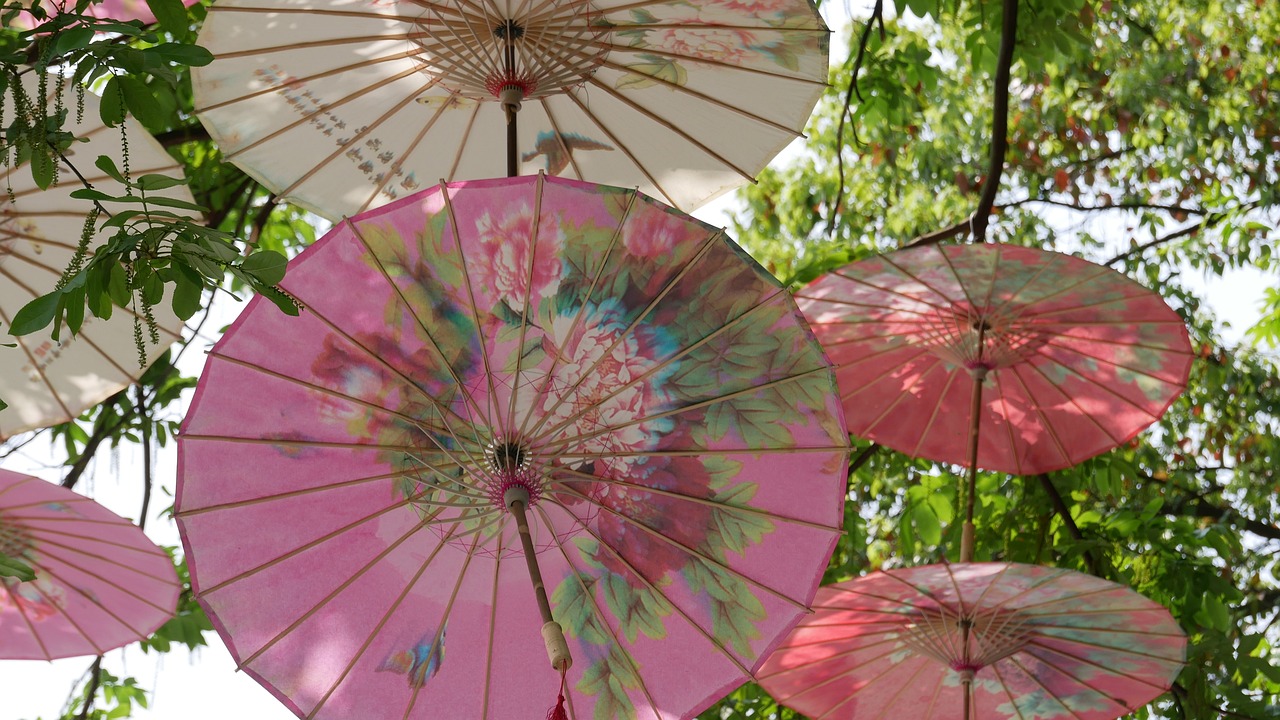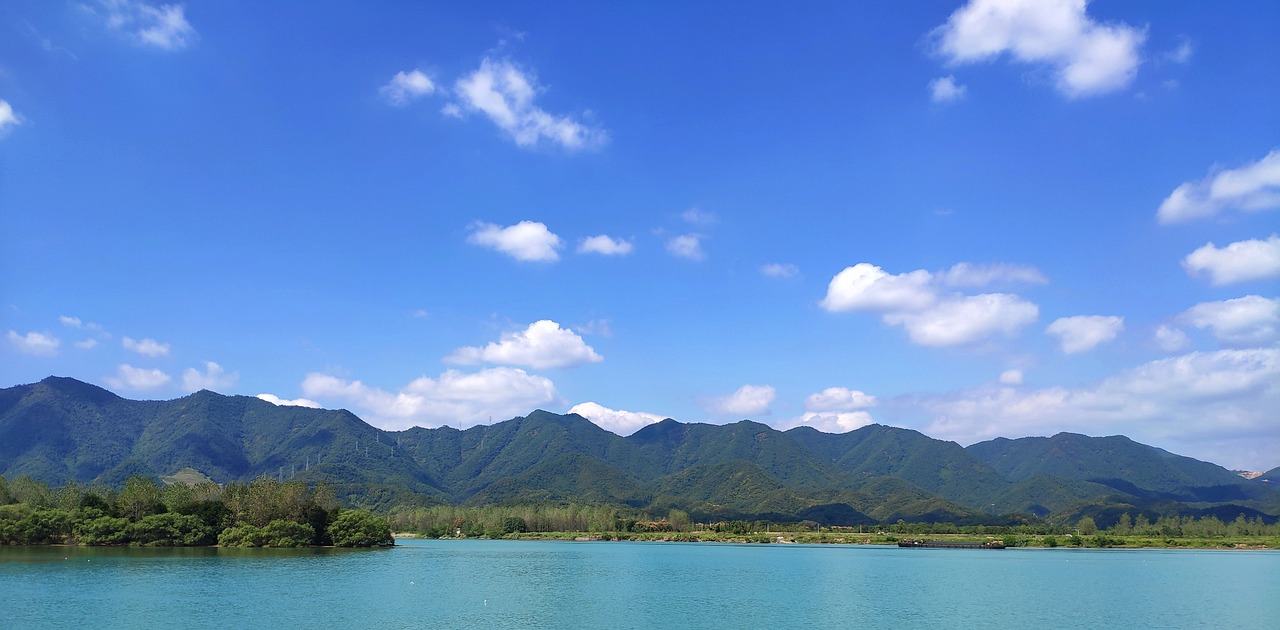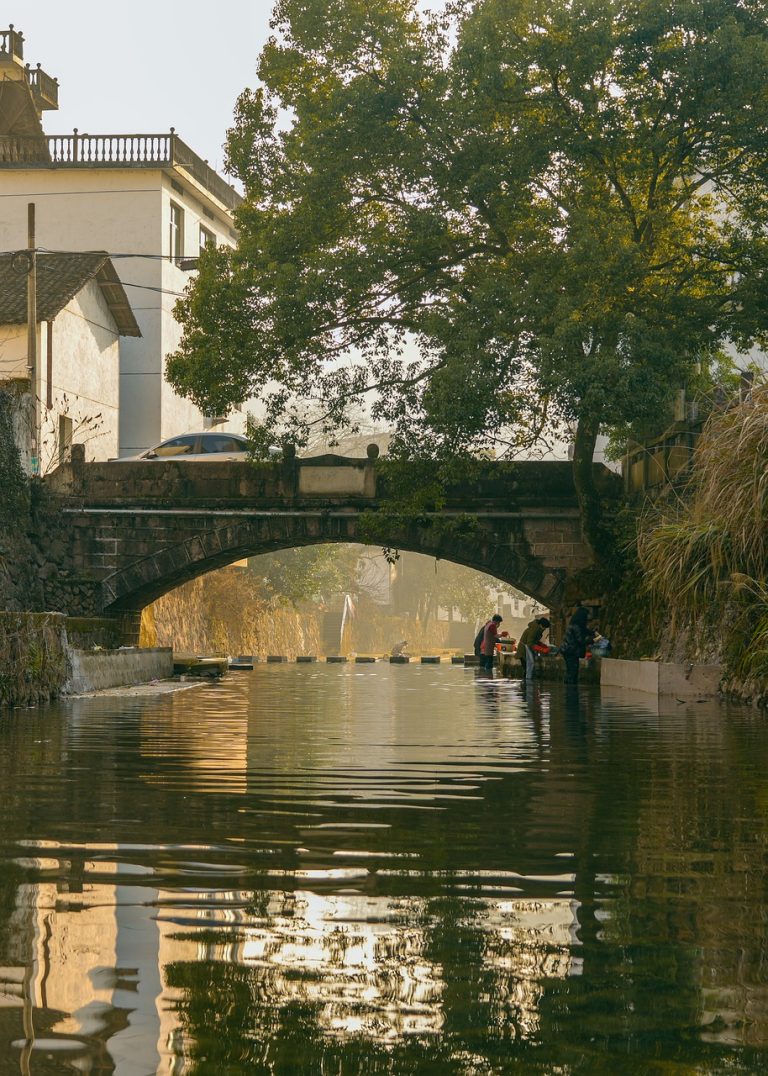Hangzhou China Video
West Lake
West Lake is one of the top attractions in Hangzhou, China. This scenic freshwater lake is surrounded by beautiful gardens, pagodas, and temples. It covers an area of about 6.5 square kilometers and has been a UNESCO World Heritage Site since 2011. The lake is known for its picturesque landscapes, especially during spring when the cherry blossoms are in full bloom. Visitors can take a boat ride on the lake or explore the various attractions around its shores.
- Leifeng Pagoda: Located on the south bank of West Lake, Leifeng Pagoda offers panoramic views of the lake and the surrounding area. The pagoda has a rich history and was originally built in 975 AD. It collapsed in 1924 but was reconstructed in 2002.
- Lingyin Temple: Situated at the foot of the Lingyin Mountain, Lingyin Temple is one of the largest and oldest Buddhist temples in China. It dates back to the 4th century and is known for its intricate carvings, statues, and serene atmosphere.
- Huagangguanyu Park: This park is located on the southern shore of West Lake and is famous for its beautiful flowers and lush greenery. It offers a peaceful environment for walking, picnicking, and enjoying the natural beauty of the lake.

Hangzhou Botanical Garden
The Hangzhou Botanical Garden is a must-visit attraction for nature lovers. It spans over 250 hectares and is home to a wide variety of plant species, including rare and endangered ones. The garden is divided into different sections, each representing a specific type of vegetation or plant habitat.
- Rose Garden: The Rose Garden is a popular section of the botanical garden, especially during spring when the roses are in full bloom. It features a wide variety of rose species, colors, and fragrances.
- Bamboo Garden: This section showcases different species of bamboo, including giant bamboo, black bamboo, and golden bamboo. Visitors can explore the tranquil pathways surrounded by towering bamboo plants.
- Orchid Pavilion: The Orchid Pavilion is dedicated to various species of orchids, known for their vibrant colors and delicate beauty. It offers a peaceful setting for enjoying the elegance of these flowers.

Temple of Soul’s Retreat
The Temple of Soul’s Retreat, also known as Linyin Temple, is a significant Buddhist temple located at the foot of the Beigao Peak in Hangzhou. It was originally built during the Eastern Jin Dynasty (317-420 AD) and has a history of over 1,600 years.
- Main Hall: The Main Hall of the temple is the primary worship area and houses a large statue of the Buddha. Visitors can witness the rituals and ceremonies performed by the resident monks.
- Feilai Peak: Feilai Peak is a famous attraction within the temple complex. It is known for its numerous stone carvings of Buddhist figures, some of which date back to the 10th century.
- Thousand-Buddha Hall: This hall is adorned with over 500 painted Buddha statues, each unique in its expression and pose. It is a remarkable display of Buddhist artistry.

Grand Canal
The Grand Canal is the longest and oldest man-made waterway in the world, stretching over 1,700 kilometers from Hangzhou to Beijing. It has played a crucial role in the transportation of goods and cultural exchange throughout history.
- Gongchen Bridge: Gongchen Bridge is a historic stone bridge that spans the Grand Canal in Hangzhou. It is one of the most well-preserved ancient bridges along the canal and offers a picturesque view of the waterway.
- Qiaoxi Historic Block: Qiaoxi Historic Block is a charming area along the Grand Canal, lined with traditional buildings and narrow alleyways. It provides a glimpse into the city’s history and cultural heritage.
- Boat Cruises: Visitors can take boat cruises along the Grand Canal to admire the scenic views and experience the historical significance of this ancient waterway. Cruises often include stops at various attractions along the route.
Hangzhou National Tea Museum
The Hangzhou National Tea Museum is dedicated to the history, culture, and art of tea in China. It is located in the Longjing tea plantation area, known for producing some of the finest green tea in the country.
- Tea Plantation: The museum is surrounded by tea plantations, allowing visitors to witness the tea cultivation process and learn about the different varieties of tea grown in the region.
- Exhibition Halls: The museum has several exhibition halls that showcase the history of tea, tea utensils, tea ceremonies, and the influence of tea on Chinese culture.
- Tea Tasting: Visitors can participate in tea tasting sessions to experience the flavors and aromas of different types of tea. Knowledgeable staff provide insights into brewing techniques and tea appreciation.
Hangzhou Silk Museum
The Hangzhou Silk Museum is a fascinating place to learn about the history and production of silk in Hangzhou. Silk production has been a significant industry in the region for centuries, and the museum showcases the intricate process of silk cultivation, harvesting, and weaving.
- Silk Worm Room: The museum features a silk worm room where visitors can observe the life cycle of silkworms, from hatching to spinning cocoons.
- Weaving Workshop: In the weaving workshop, skilled artisans demonstrate the traditional techniques of silk weaving using handlooms.
- Exhibition Galleries: The museum has exhibition galleries displaying various silk products, including clothing, accessories, and artworks made from silk.
Hangzhou Cuisine
Hangzhou is renowned for its delicious cuisine, which is characterized by its freshness, delicate flavors, and beautiful presentation. The city’s culinary scene is influenced by its proximity to freshwater lakes, rivers, and abundant agricultural resources.
- West Lake Fish in Vinegar Gravy: This iconic Hangzhou dish features tender and flavorful fish cooked in a tangy vinegar-based gravy. It is often garnished with ginger, scallions, and soy sauce.
- Dongpo Pork: Named after the famous poet Su Dongpo, this dish consists of succulent braised pork belly with a rich and savory sauce. It is slow-cooked to perfection, resulting in melt-in-your-mouth goodness.
- Longjing Shrimp: Longjing Shrimp is a popular Hangzhou specialty that combines fresh shrimp with the fragrant flavors of Longjing tea leaves. The shrimp is typically stir-fried or steamed, allowing the tea to infuse its essence into the dish.
Hangzhou Shopping
Hangzhou offers a vibrant shopping scene, with a mix of modern shopping malls, traditional markets, and specialty stores. Visitors can find a wide range of products, including silk, tea, local handicrafts, and fashion items.
- Hefang Street: Hefang Street is a pedestrian shopping street that showcases the charm of old Hangzhou. It is lined with shops selling traditional crafts, souvenirs, snacks, and local delicacies.
- Hangzhou Tower Shopping Mall: Hangzhou Tower is a modern shopping mall located in the heart of the city. It houses a variety of international and local brands, as well as restaurants and entertainment facilities.
- Wushan Night Market: Wushan Night Market is a bustling market that comes alive in the evening. It offers a wide range of street food, clothing, accessories, and other goods.
Hangzhou Xixi National Wetland Park
The Xixi National Wetland Park is a tranquil oasis in the heart of Hangzhou, known for its beautiful scenery and diverse ecosystem. It covers an area of 11.5 square kilometers and consists of lakes, rivers, marshes, and lush vegetation.
- Boat Tours: Visitors can explore the wetland park by taking boat tours along its waterways. The tours offer a unique perspective of the park’s natural beauty and allow for birdwatching opportunities.
- Walking Trails: Xixi National Wetland Park has well-maintained walking trails that meander through different habitats, including reed beds, forests, and open water areas.
- Tea Houses: The park features several traditional tea houses where visitors can relax, sip tea, and enjoy the peaceful surroundings.
Conclusion
Hangzhou, China, offers a wealth of attractions that showcase the city’s rich history, natural beauty, and cultural heritage. From the scenic West Lake to the historic temples and the vibrant shopping scene, there is something for everyone to enjoy. Visitors can immerse themselves in the beauty of the Hangzhou Botanical Garden, explore the ancient Grand Canal, learn about tea and silk production, indulge in delicious local cuisine, and experience the tranquility of Xixi National Wetland Park. Hangzhou truly captures the essence of China’s captivating landscapes and diverse traditions.
References
- hangzhou.gov.cn
- travelchinaguide.com
- china.org.cn
- hangzhou.com.cn







